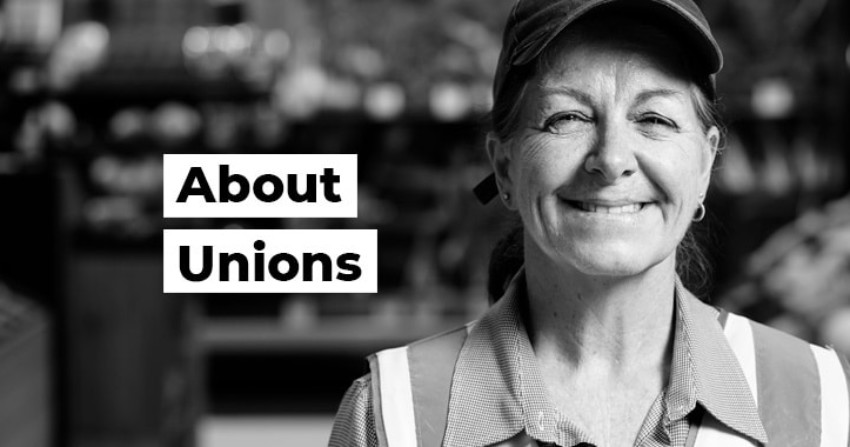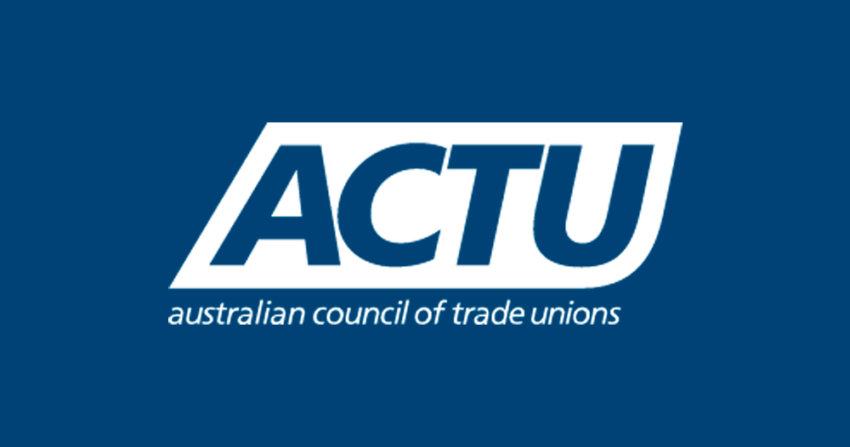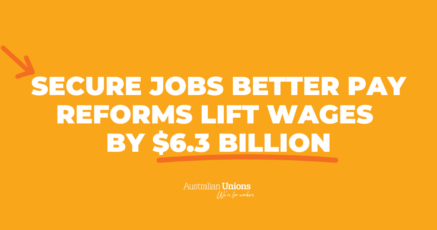This time last year, Australian Unions fought for, and won, JobKeeper.
This wage subsidy saved workers’ livelihoods, underwrote businesses and steadied the economy in the first year of the pandemic.
This week, the Morrison Government has taken it away, with no plans for a replacement.
At the height of the scheme, 3.6 million people—almost a third of the Australian workforce—were on JobKeeper. Last month, there were still 1.1 million people receiving JobKeeper payments. Now, Treasury estimates predict that up to 150,000 people may be unemployed in the coming weeks, and thousands of businesses may close.
“Cutting off JobKeeper while so many workers are still reliant on it is both cruel and counter-productive to our economic recovery. We need money in the hands of working people so they can spend it,” ACTU President Michele O’Neil said this week.
“This will not only hurt working people but also small businesses many of which are still struggling to recover”.
Treasurer Josh Frydenburg has cited Australia’s quick recovery from the coronavirus recession to justify ending JobKeeper. But behind headline figures showing a resurgent economy, many sectors are still struggling; and women in particular are being left behind.
Businesses in regional Queensland, most notably tourism businesses still cut off from international markets, are fearing the worst, especially with Brisbane in a three-day lockdown.
Meanwhile, one in five arts and entertainment workers were still on JobKeeper in March. The long-term recovery of the sector is on the line and, as the cancellation of the Byron Bay Bluesfest this week shows, arts events and arts workers are particularly vulnerable during Covid-19 outbreaks.
“What working people need more than ever is security and stability. JobKeeper with strict criteria ensuring it reaches only businesses genuinely in need will save jobs and should not be removed until all sectors of the economy have recovered,” O’Neil said.
We should not forget that JobKeeper was a union achievement. In March 2020, as Australia’s borders closed and states began imposing social distancing measures, analysts were predicting the sharpest economic downturn since the Great Depression. With workers let go or stood down, Centrelink queues were growing, and the spectre of mass job losses loomed over the economy.
The Morrison Government reluctantly took up the idea of a wage subsidy, after a determined campaign from the union movement. From the start, it was watered down and twisted by the Government in favour of its preferred interests. Visa workers were excluded from the scheme from the start, against union demands. And while the Government changed JobKeeper rules three times to deny public universities access to the scheme, somehow, Morrison could not find it in his power to close down the loopholes that led some of Australia’s biggest businesses to funnel millions of dollars in payments into shareholder profits.
Compromised as it was, JobKeeper saved workers livelihoods and rescued businesses from near-inevitable closure. Its legacy will be protecting workers and protecting the economy in one of the world’s most notable Covid-19 success stories. And that’s a union legacy.
So what next? Union leaders are calling for a retained, targeted JobKeeper scheme, along with urging the government to raise the minimum wage by $26 a week. This week, Labor pledged a $15 billion national reconstruction fund if it wins the next Federal Election, bringing manufacturing back on-shore and investing in renewable energy, medical science and agriculture.
The Morrison Government? The best it’s come up with is JobMaker. As of last week, the much-touted hiring credit had created just 609 jobs.
Amidst its own internal rolling crises, maybe it’s time the Morrison Government looked to the union movement for ideas for Australia’s pandemic recovery. It worked with JobKeeper, after all. It can work again.






SHARE:
The end of JobKeeper…. and those left behind